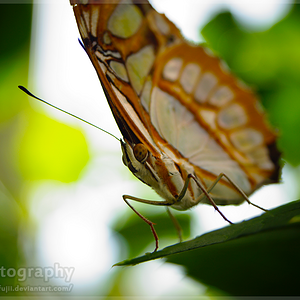Stevedevil
TPF Noob!
- Joined
- Feb 13, 2007
- Messages
- 257
- Reaction score
- 1
- Location
- Essex In UK
- Website
- www.sjrphoto.co.uk
- Can others edit my Photos
- Photos OK to edit
I am looking ( in UK ) to branch out into Studio work, and have looked at Elinchrom and Bowens Flash Equipment, now I have read a lot about ALL equipment, and have posted a couple of replies bragging adout DX ranges ( Digital as 1/3 f Stop ) and have found myself asking this.....
If im using a light meter, then why go into the price range of 1/3 f stop digital gear, as surely as long as there is a control over the flash, unless im using a prime lense then the Flash equipment can be set to my lens choice.
Also I must take into account when the gear will be used outside a fill in flash, so maybe then choice of equipment may sway to the higher end bracket
Anyway Thanx
Steve
If im using a light meter, then why go into the price range of 1/3 f stop digital gear, as surely as long as there is a control over the flash, unless im using a prime lense then the Flash equipment can be set to my lens choice.
Also I must take into account when the gear will be used outside a fill in flash, so maybe then choice of equipment may sway to the higher end bracket
Anyway Thanx
Steve


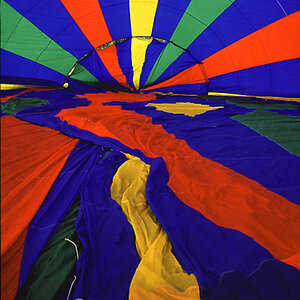
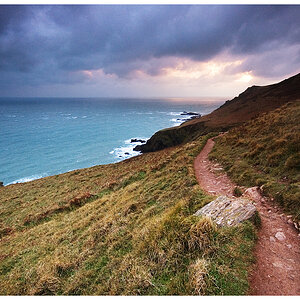
![[No title]](/data/xfmg/thumbnail/39/39290-dfb3e819bd94a7f30797638ae1ae27cf.jpg?1619738958)
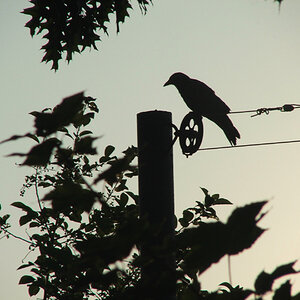
![[No title]](/data/xfmg/thumbnail/31/31978-02cde49248ebdf1b82fba5c899e08378.jpg?1619735136)
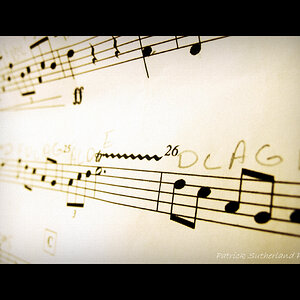
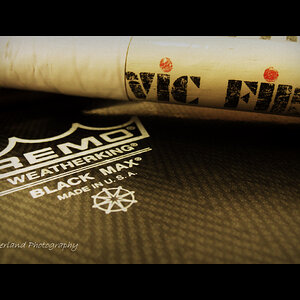
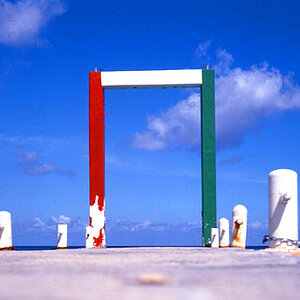
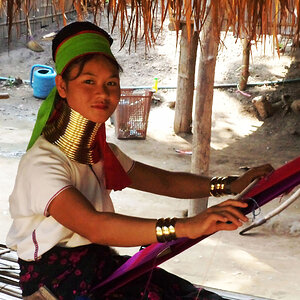
![[No title]](/data/xfmg/thumbnail/39/39291-a89dc472765e04f66f617dd9acc8030d.jpg?1619738958)
![[No title]](/data/xfmg/thumbnail/42/42034-6262420ff3ea238f05395bbcc7ae1f28.jpg?1619739985)
